The breaststroke is swum with the body facing down. The arms perform semicircular movements, and the legs perform a frog kick.
Breaststroke is, without a doubt, the most popular swimming stroke. In fact, for many people, it is the only stroke that they use regularly.
This can be explained by the fact that this style allows you to swim with your head above the water and therefore breathe freely and keep your eyes open. This can be helpful for beginners and more casual swimmers.
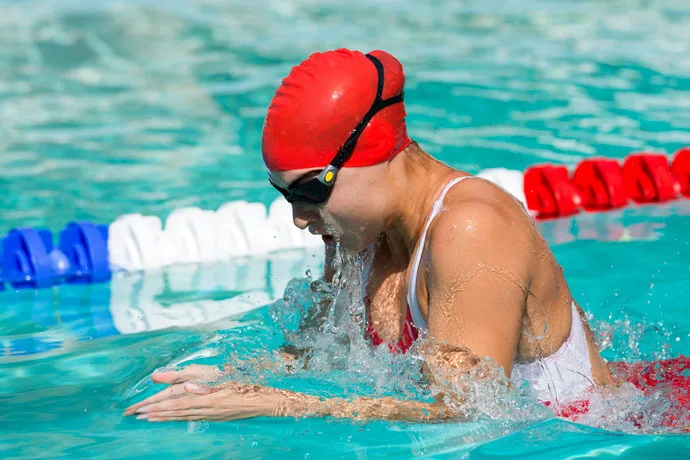
Experienced swimmers, as well as competition swimmers, however, dip their head underwater during the glide phase, which improves their position in the water and reduces drag.
In terms of speed, breaststroke is the slowest swimming stroke. This is due to the fact that during the leg recovery, the thighs are pulled forward into the water against the swimming direction, which creates a lot of drag.
Breaststroke Swimming Technique
In the next section, we will describe the swimming technique of breaststroke.
Body Movement
In breaststroke, the body position changes continuously during the stroke cycle. It moves from a horizontal position during the glide phase to an inclined position during the arm pull.
Assume that the starting position is at the end of the glide phase when the body is horizontal and streamlined, the arms extended forward, and the legs straight and held together.
Now, when the arms pull backward in the water, the body moves to an inclined position, with the torso assuming a 45-degree position above the water at the end of the arm pull while the hips and legs remain in the water.
The body returns to a horizontal position when the arms are extended forward during the arm recovery and subsequent glide phase.
The head remains in alignment with the body. During the horizontal glide phase, the head is in a neutral position, facing down.
During the arm pulling phase, the head remains in a neutral position.
After the arm pulling phase, when the body is inclined at 45 degrees, the face is directed downwards and slightly forward, the eyes are fixed at a point about 3-6 feet ahead.
A common mistake is to look towards the end of the lane instead of looking down and slightly forward.
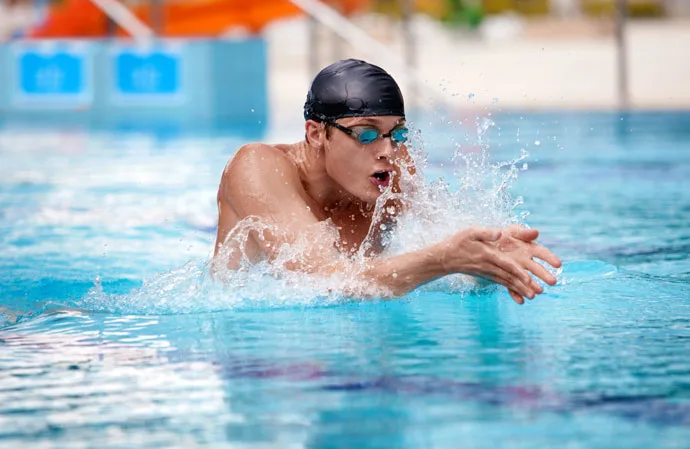
More detailed information about body movement in breaststroke can be found here.
Arm Movement
In breaststroke, the arms perform synchronous semicircular movements.
Let us assume again that the starting position is at the end of the glide phase when the body is horizontal, and the arms are extended forward.
When the arms begin to pull, they first move outwards, backward and downwards until the arms are bent 90 degrees, the elbows are at shoulder level, and the upper arms and hands are in line and pointing downwards.
In the second phase of the arm pull, the arms move further back. The upper arms move to the sides of the body, while the hands move towards each other under the chest.
At the same time, the upper body rises out of the water until it is inclined at 45 degrees.
When the hands meet under the chest, the arms are extended forward in a line to return to the starting position. At the same time, the body returns to a horizontal position.
More detailed information about arm movement in breaststroke can be found here.
Leg Movement — Breaststroke Kick
The breaststroke uses a frog kick/whip kick.
Let us assume, again, that the swimmer is in the starting position, i.e., he lies horizontally in the water. The arms are extended forward, and the legs are extended and held together.
The legs remain more or less extended during the pull phase of the arms.
At the end of the arm pull phase, the knees bend, and the feet begin to move towards the buttocks.
As the arms recover forward, the feet move farther towards the buttocks until they are close to the buttocks.
Now, the knees move apart, and the feet begin to move outwards and backward. This is also the beginning of the propulsive phase of the kick.
The feet move further outwards and backward, and then inwards and backward so that the legs come together. We are still in the propulsive phase of the kick.
At the end of the kick, the legs are extended and together again, and now a short glide phase takes place before the stroke cycle starts all over again.
More detailed information about the breaststroke kick can be found here.
Breathing
Breathing in breaststroke is relatively straightforward.
Inhalation begins as soon as the head is above water at the end of the arm pull.
Exhalation begins as soon as the head is submerged in the water again during the arm recovery forward.
Exhalation should continue as long as the head is underwater so that the lungs are empty just before the head emerges.
This is the breathing pattern used by fitness and competitive swimmers. On the other hand, more casual swimmers can keep their heads above water at all times and breathe freely.
More detailed information about breathing in breaststroke can be found here.
Learning to Swim Breaststroke
As explained above, breaststroke is suitable for beginners because you can keep your head above water, which allows you to breathe freely and swim without goggles.
That is why, at least in European countries, breaststroke is often the first swimming stroke that is taught.
In this article, we explain our method for learning breaststroke. Our method is divided into the following steps:
1) In the first step, the arm movements, leg movements, and breathing exercises are practiced individually on land.
2) In the second step, the arm and leg movements are practiced separately in the water, with pull buoys and swimming noodles providing additional buoyancy.
3) In the third step, the arm and leg movements are practiced simultaneously in the water, with the help of pull buoys and swimming noodles, like in the previous step.
4) The last step, which consists of swimming without any aids, is done when the student has gained enough confidence in his swimming skills.
Start learning breaststroke here.
Related Pages
You may also be interested in the following articles that cover the breaststroke’s swimming technique:

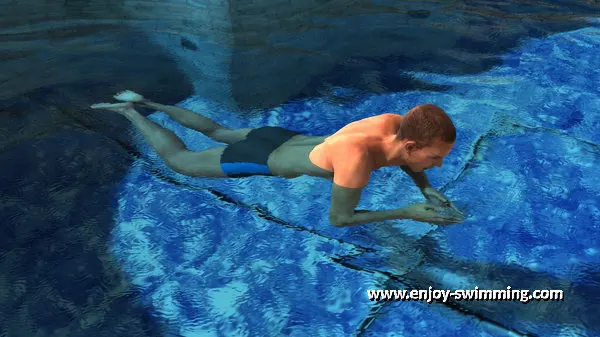
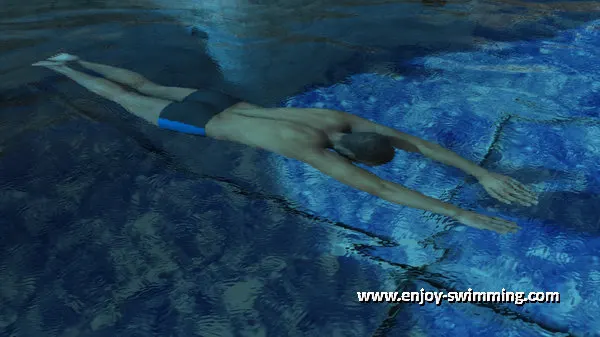
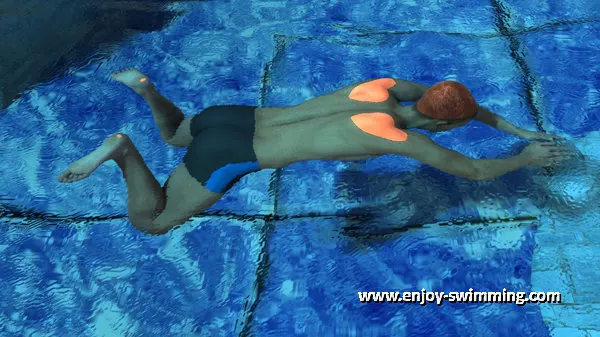
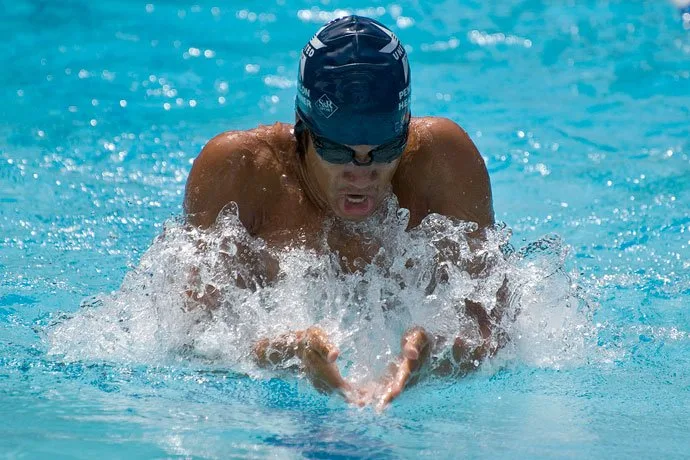
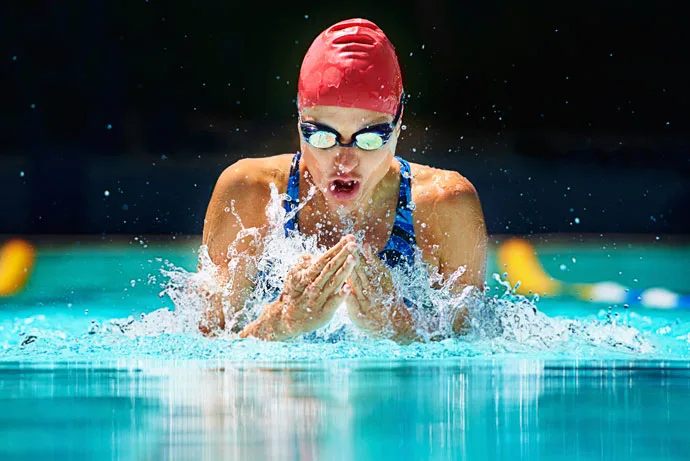
Leila
Thursday 28th of November 2019
Hey, I am also doing a project for school and I was wondering how you would explain how to do the breaststroke step by step. I wrote: "Pull, breathe, kick, glide.
Pull back with your arms to propel yourself forward and up a little. Go up and breathe. Do the whip kick. Glide underwater for 1 seconds.
Whip Kick: Stick your legs together and bring them back to touch your butt. Then, thrust them in opposite directions to make a circle, then bring them back together in front. Repeat."
Is that good enough. I'm going to assume the answer is no, and could you please help me improve it? Thanks a lot.
Christophe
Thursday 28th of November 2019
Hi Leila,
Sounds mostly good to me. Maybe I'd add some words about the arm recovery.
Best,
Christophe
Leila
Thursday 28th of November 2019
I know there should be a question mark at the end of the first sentence of the last paragraph. *Is that good enough?
Vikas
Saturday 13th of April 2019
Hello Christophe,
Again, thank you for this wonderful website. It's now my bible to learn swimming. I don't use any other resource anymore.
I'm learning breaststroke. There is a specific point that appears to be confusing - when does the legs recovery begin in relation to hands movement?
As per this article it seems the legs recovery start as soon as arms' sweep-in starts -> when arms' in-sweep completes the legs' recovery should also be complete -> when my head and shoulders are out of water then my hands are under my chest and legs just above buttocks. Refer to #3 in article above.
However, the second bullet in https://www.enjoy-swimming.com/learn-swimming-breaststroke-2.html suggest the legs recovery should start at the end of arms' insweep. Refer to below:
"Start the recovery of the legs towards the buttocks at the end of the arms’ insweep, then catch and sweep out with your legs during the arms’ recovery forward."
So, two questions:
1. Am I reading the instructions correctly? Or, am I mis-interpreting anything? If I'm reading these instructions correctly then it seems the two instructions are different. Is it correct?
2. If indeed, two instructions are different which one should be followed? I would imagine the one on this article should be followed i.e. the legs should have recovered and be above buttocks when arms' insweep ends.
Please advise.
Christophe
Saturday 13th of April 2019
Hi Vikas,
Good catch. The leg recovery starts at the end of the propulsive phase of the arm stroke, which for most people is at the end of the insweep.
So the article you linked to is correct and I made an error in this article, which I'll correct as soon as possible. So thank you for bringing this to my attention.
However, there's more to this subject as can be covered in this article. If you are curious, I suggest you consult Ernest W. Maglischio's excellent book Swimming Fastest, which covers breaststroke swimming technique in detail.
Emma
Friday 12th of April 2019
Hi there I am doing a project at school. I was wondering if how you breath under water
Thank you
Christophe
Sunday 14th of April 2019
Hi Emma,
Your question isn't very clear. Could you clarify it? Thanks.
Karen
Saturday 21st of April 2018
Hi there,
I have a problem with step five. I know I have to lift my chest and shoulders, I've also seen many swimmers do it but when I'm in the water I just can't.
Please help
Christophe
Sunday 22nd of April 2018
Hi Karen,
At the beginning of the half-circular recovery of the hands to the chest, you push downward with your palms against the water.
This helps to raise your torso.
Kos
Wednesday 4th of January 2017
Thanks for these lessons.
At last, I feel as if I am making progress and now feel more comfortable in the water.
Front crawl is next!